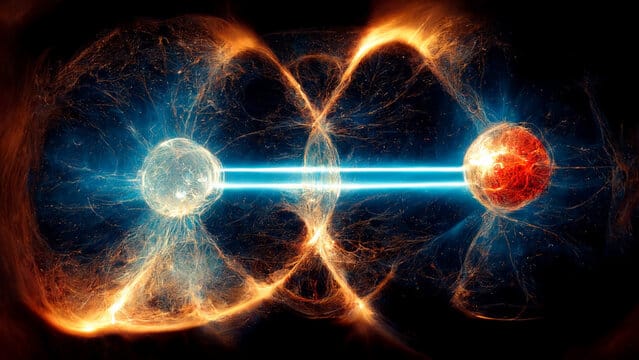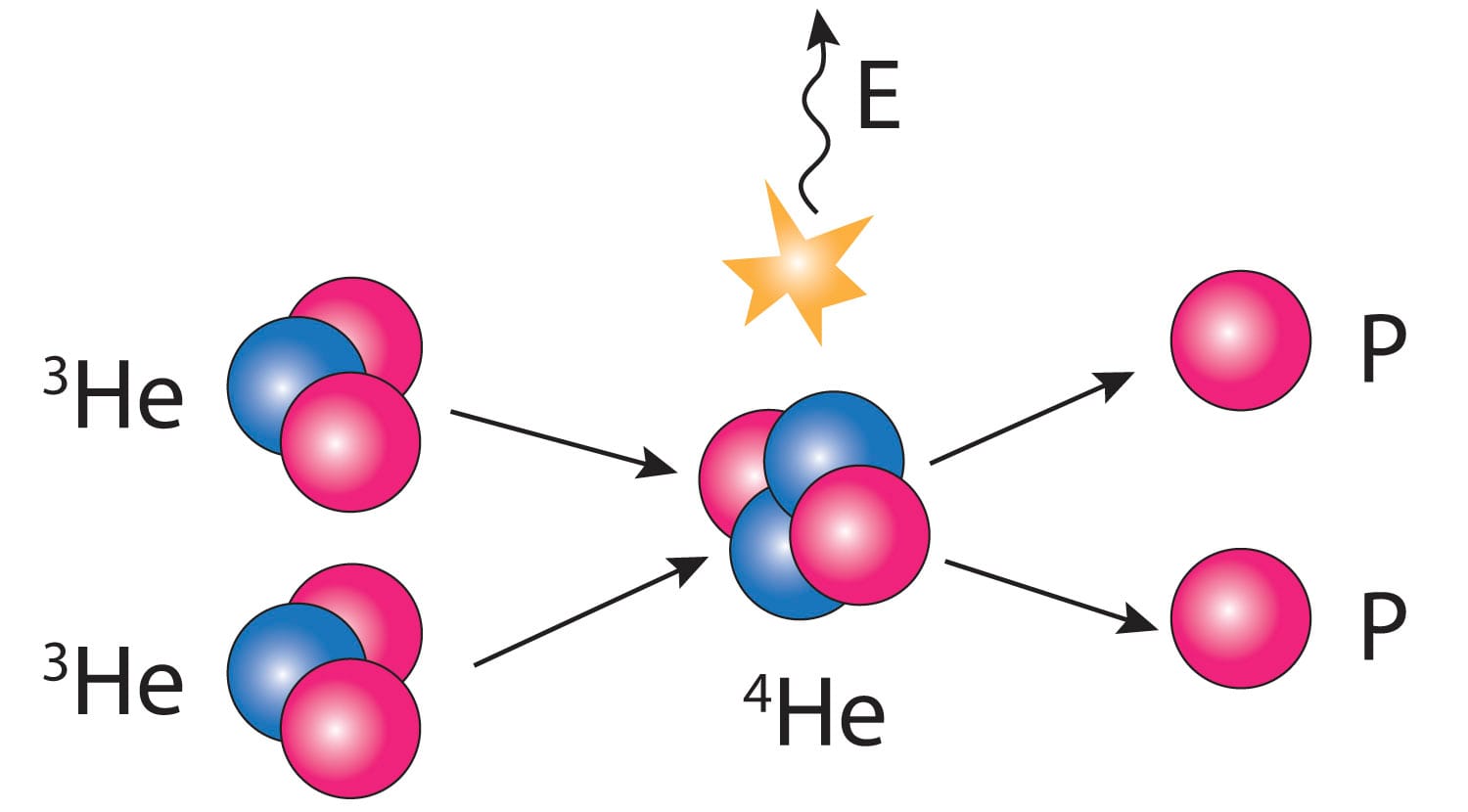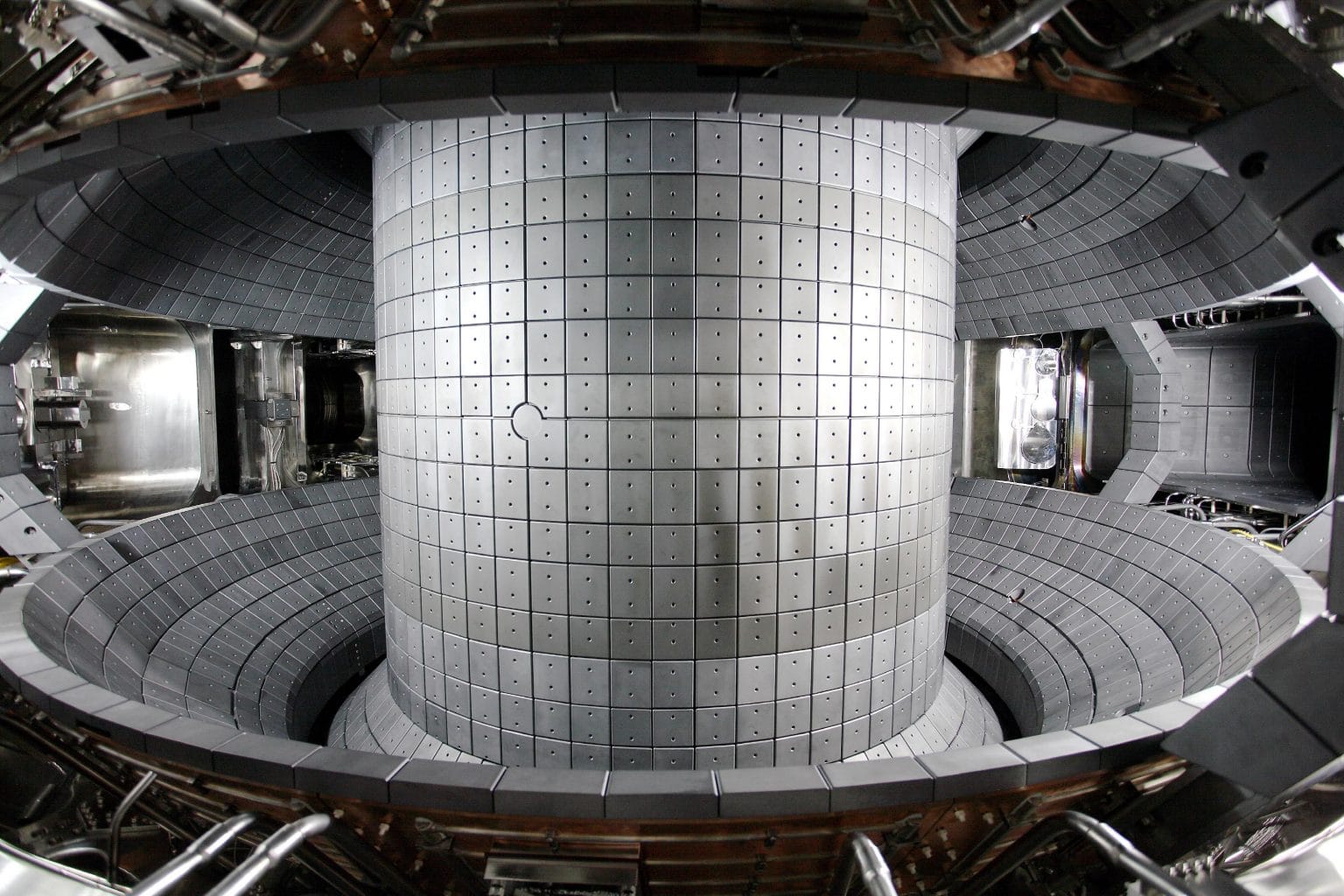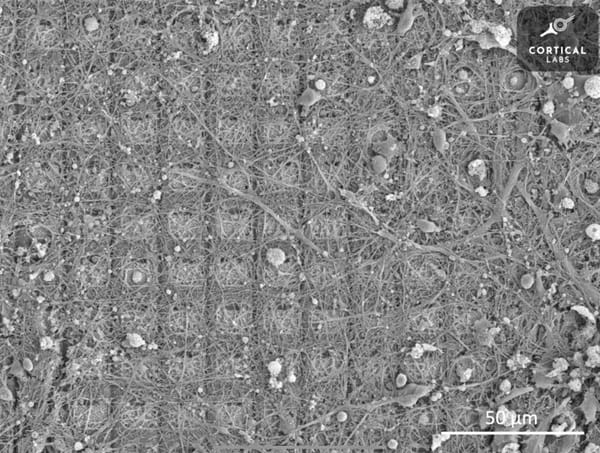Nuclear Fusion: The Power Of Future

As decades go by, the common sources of energy, like coal, fossil fuels or natural gases, are coming to extinction. While renewable power plants like wing turbines or solar panels can be used to extract energy, it won’t be enough to power the whole world. So, in order to keep the world spinning, humanity needs to find a way to produce a lot of energy in a long-term basis and nuclear fusion might be an answer.
Typically, nuclear fusion is a process, which occurs in the core of stars, where two lighter nuclei combine to form one heavier nucleus, releasing a burst of energy in form of heat and light. Under normal conditions, the repulsive electrostatic force between two positively charged nuclei makes it impossible for them to come close enough. However, in the stellar core, billions of particles exist in the plasma state, which occurs when the gas is heated so much that atom’s structure breaks down on smaller components, like ions and free electrons. The immense temperature of about 15 million degrees Celsius and very high pressure makes particles move at incredible speed, which allows them to come close enough to overcome repulsive forces and then, the strong nuclear forces, which bind protons and neutrons together, help nuclei to fuse. Fusion begins when two protons collide. In this process, one of the protons changes into a neutron through beta-plus decay, creating a deuterium nucleus, which is a heavier form of hydrogen. Next, another proton fuses with the deuterium to form helium-3. Finally, two helium-3 nuclei join together to make helium-4, releasing a huge amount of energy. Helium-4 is especially stable because it has an even balance of two protons and two neutrons.

In stars, fusion happens naturally, but on Earth we need special reactors to duplicate the process. “Tokamak” is one of the examples, where plasma is heated to about 150 million degrees, much hotter than the Sun’s core because Earth pressure is much lower. The Tokamak has a doughnut-shaped chamber with powerful magnetic confinement, where strong magnets, with their magnetic fields, control the flow of charged particles in the plasma. This prevents them from colliding with the reactor walls and spreading their energy. Plasma can conduct electricity, so its temperature can be raised by an induced current, but this only reaches about 20–30 million degrees. To go higher, some other methods are needed. One of them is neutral-beam injection. In this method, isotopes of hydrogen are accelerated to very high speed and beamed into the plasma. Once inside, they collide with other particles, which knock off electrons, ionizing the particles, transferring a lot of energy into the plasma.
The key advantages of fusion are its small environmental footprint, high efficiency, and abundant raw materials. Nuclear fusion is much safer than its opposite, nuclear fission, because no radioactive waste is produced—only harmless helium gas. Fusion can generate around four times more energy than fission per kilogram of fuel and nearly four million times the amount of energy produced by burning coal or oil. Furthermore, the raw materials, such as hydrogen isotopes deuterium and tritium, can be extracted on Earth. Deuterium can be found in seawater, where it forms heavy water (D₂O); it is first separated from ordinary water using “hydrogen-deuterium” exchange processes, and then electrolysis is used to obtain deuterium gas. With tritium, the process is a bit more complex. Tritium can be produced in a fusion reactor when the high-energy neutrons released during the fusion reaction strike the lithium blanket that surrounds the reactor core. These collisions trigger nuclear reactions in the lithium, creating tritium atoms. The tritium then diffuses out of the blanket, after which it can be captured and stored, or used directly for fusion.
However, it’s not as easy as it might sound. Nuclear fusion still faces many major challenges. The first is energy balance. Fusion requires enormous amounts of energy to heat and sustain the plasma, and in most experiments so far, more energy has been lost than gained. Even though some recent experiments have achieved short net energy gain, keeping the reaction going long and sustainable enough is a difficult problem. The costs of this kind of a reactor are highly expensive. ITER project in France has already cost over 20 billion euros and taken decades of international cooperation. Such large and complex systems are hard to industrialise and making smaller, affordable reactors remains a big challenge. On top of this, reactor walls must survive beaming of high-energy neutrons, which slowly destroys the material. All these challenges must be solved before fusion can become a practical and global-scale energy source.

When humanity harnesses fusion, the world will change in ways we can hardly imagine. With energy that doesn’t produce harmful waste, the use of fossil fuels will decrease, leading to less carbon dioxide being released into the atmosphere. This would make the air cleaner while reducing global warming and pollution. Furthermore, fusion could help solve the shortage of fresh water. Desalination, the process of removing salt from seawater, requires a huge amount of energy, which makes it expensive and difficult to use. Fusion could provide the limitless power needed to make it practical everywhere, giving life to struggling regions of the world. In the end, fusion promises not just of powering our cities, but of securing a more sustainable future for all of us.
Bibliography:
Nuclear Fusion Power - World Nuclear Association
What is Nuclear Fusion? (Definition, Advantages and Examples) - TWI
Deuterium: a precious gift from the Big Bang
Hydrogen–deuterium exchange - Wikipedia



